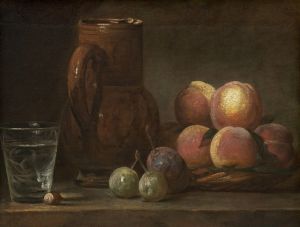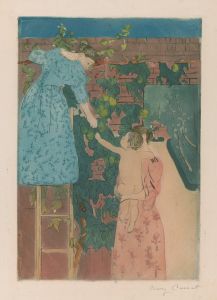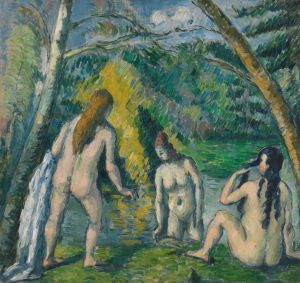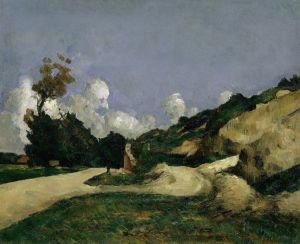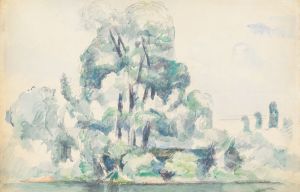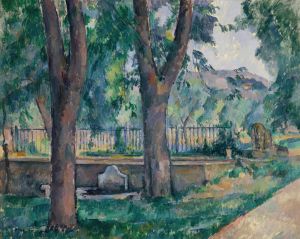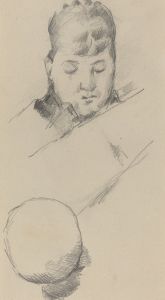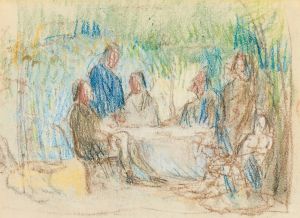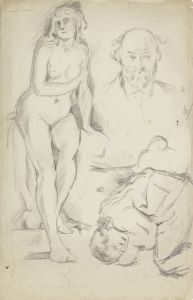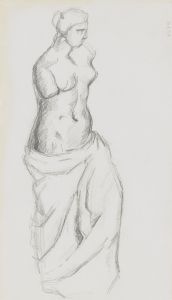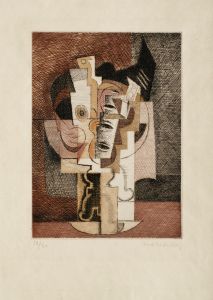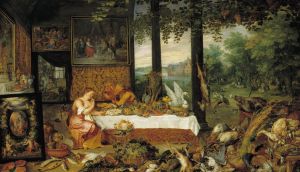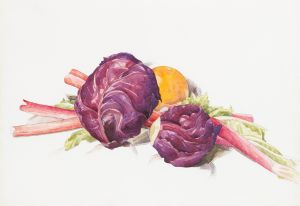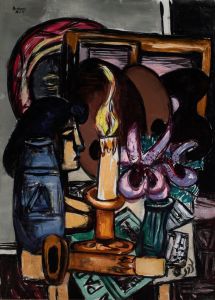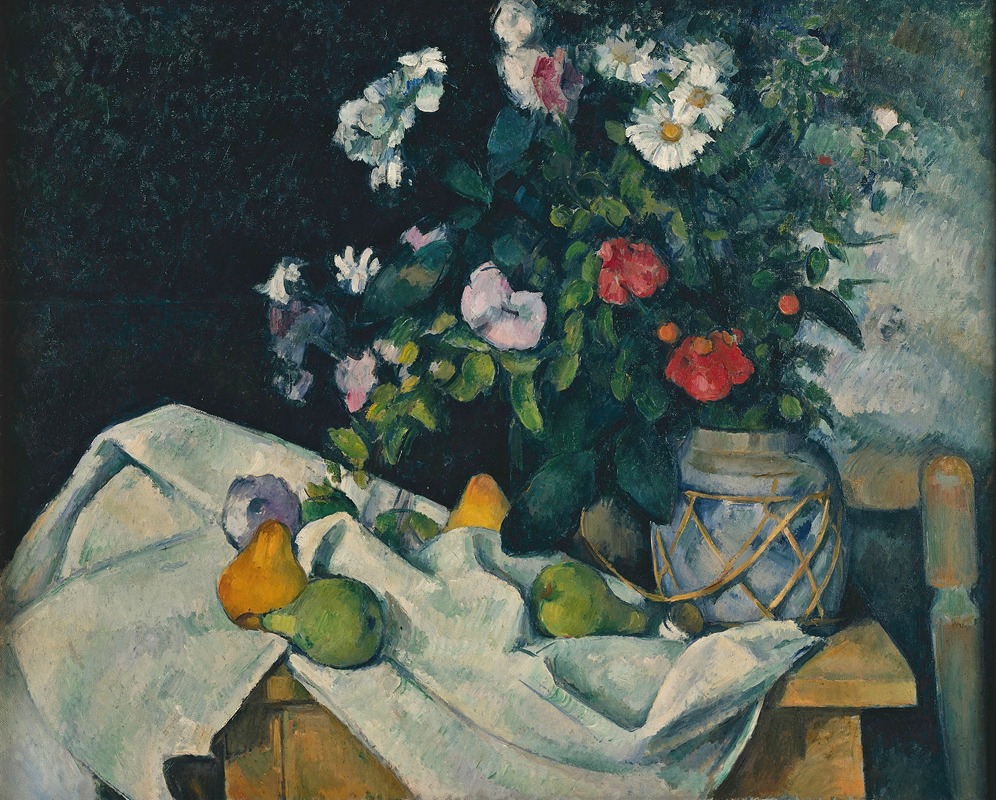
Still Life with Flowers and Fruit
A hand-painted replica of Paul Cézanne’s masterpiece Still Life with Flowers and Fruit, meticulously crafted by professional artists to capture the true essence of the original. Each piece is created with museum-quality canvas and rare mineral pigments, carefully painted by experienced artists with delicate brushstrokes and rich, layered colors to perfectly recreate the texture of the original artwork. Unlike machine-printed reproductions, this hand-painted version brings the painting to life, infused with the artist’s emotions and skill in every stroke. Whether for personal collection or home decoration, it instantly elevates the artistic atmosphere of any space.
"Still Life with Flowers and Fruit" is a painting by the renowned French artist Paul Cézanne, who is often credited with bridging the gap between 19th-century Impressionism and the early 20th century's new line of artistic inquiry, Cubism. Cézanne's work is characterized by his innovative approach to form, color, and composition, which has had a profound influence on the development of modern art.
Paul Cézanne was born on January 19, 1839, in Aix-en-Provence, France. He initially pursued a career in law but eventually turned to art, studying at the Académie Suisse in Paris. His early works were heavily influenced by Impressionism, but he gradually developed a unique style that emphasized the structural aspects of nature and objects. Cézanne's still life paintings, in particular, are celebrated for their complex compositions and the way they capture the essence of the objects depicted.
"Still Life with Flowers and Fruit" exemplifies Cézanne's mature style, where he focuses on the interplay of shapes, colors, and spatial relationships. In this painting, Cézanne arranges a variety of fruits and flowers on a table, creating a harmonious yet dynamic composition. The painting is notable for its use of color and light, which Cézanne employs to give volume and depth to the objects. The brushwork is deliberate and methodical, with each stroke contributing to the overall structure of the composition.
Cézanne's approach to still life was revolutionary for his time. Unlike his predecessors, who often sought to create realistic depictions of objects, Cézanne was more interested in exploring the underlying geometry of the natural world. He often used multiple perspectives within a single painting, a technique that would later influence the Cubists, including artists like Pablo Picasso and Georges Braque.
The painting is also a testament to Cézanne's belief in the importance of direct observation. He often spent long periods studying his subjects, capturing not just their appearance but their essence. This meticulous attention to detail is evident in "Still Life with Flowers and Fruit," where each element is carefully considered and placed within the composition.
Cézanne's still lifes are also significant for their exploration of color theory. He often used a limited palette, focusing on the relationships between colors to create a sense of harmony and balance. In "Still Life with Flowers and Fruit," the use of complementary colors enhances the vibrancy of the painting, drawing the viewer's eye across the canvas.
Throughout his career, Cézanne's work was met with mixed reactions. While some critics dismissed his paintings as unfinished or crude, others recognized his genius and the groundbreaking nature of his work. Today, Cézanne is celebrated as one of the most important figures in the history of art, and his still lifes are considered masterpieces of modern art.
"Still Life with Flowers and Fruit" is housed in a private collection, and like many of Cézanne's works, it continues to be studied and admired for its innovative approach to form and color. Cézanne's legacy lives on, influencing countless artists and reshaping the course of art history.





